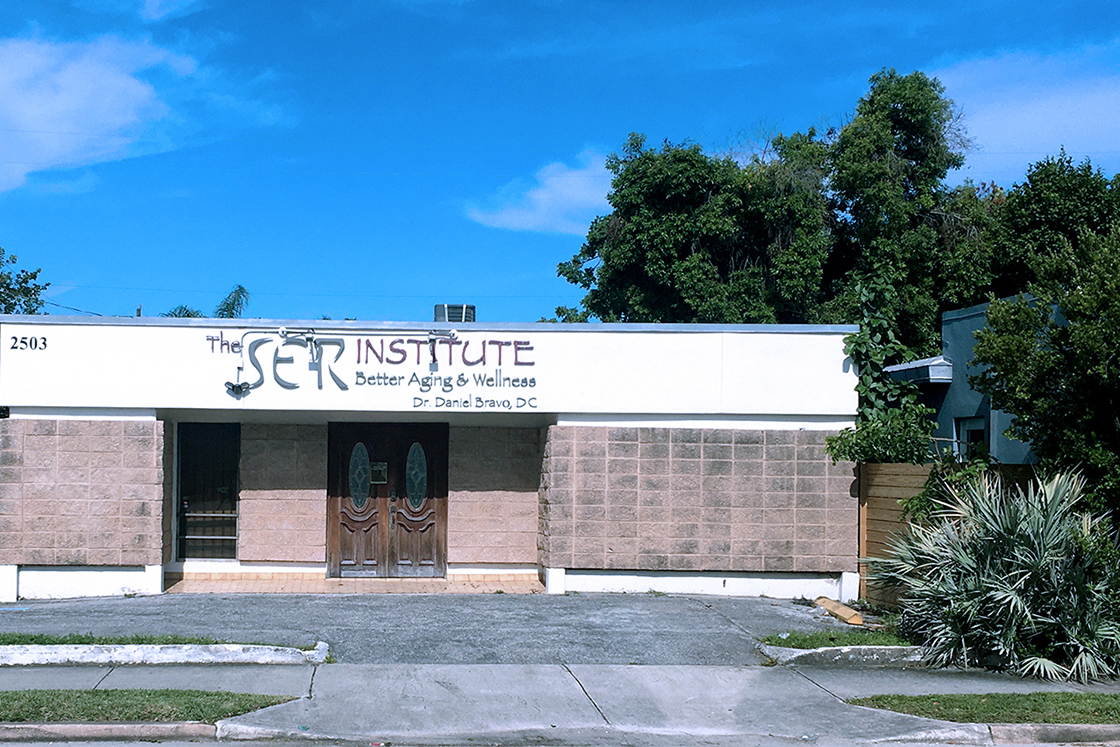No function or activity can take place without energy. This is true without any question or doubt when it concerns the human body. From the moment of conception, activity is in progress to enable the human fetus to grow. Upon birth and continuing on throughout the life of the body, nothing can take place without energy: the blood cannot be reorganized; the millions upon millions of red blood corpuscles — the hemoglobin — cannot be reproduced within the bones; the glands cannot create the hormones; the nerves and muscles cannot operate.
The hypothalamus, located in the middle of the brain, is in charge of distributing the proper amount of energy into the body. Up to the present day, comparatively little has been discovered of the vast scope of the administrating functions of the hypothalamus.
Looking at the accompanying illustration, we can see that the hypothalamus is not a gland, but a mere bundle of fibers, nerves, and blood vessels emanating from the thalamus, which is spread out on two sides of the space-like area known as the third ventricle. (The word ventricle means a cavity or chamber within an organ). Two branches of the thalamus are the metathalamus and the epithalamus, both of which are attached to the pineal gland. The hypothalamus structure forms the greater part of the floor of the third ventricle. It is enclosed somewhat like a capsule within the nerve fibers and the numerous nerve cells, the connections of which are as yet not fully determined.
Energy for the body's use does not just splash in haphazardly, without control and direction. Where does the energy for our body come from, and how is it distributed? It is difficult for the lay mind to grasp the fact that the primary energy which enables the glands to function and operate is that elusive cosmic force which is the basis of life and activity in everything in this universe.


